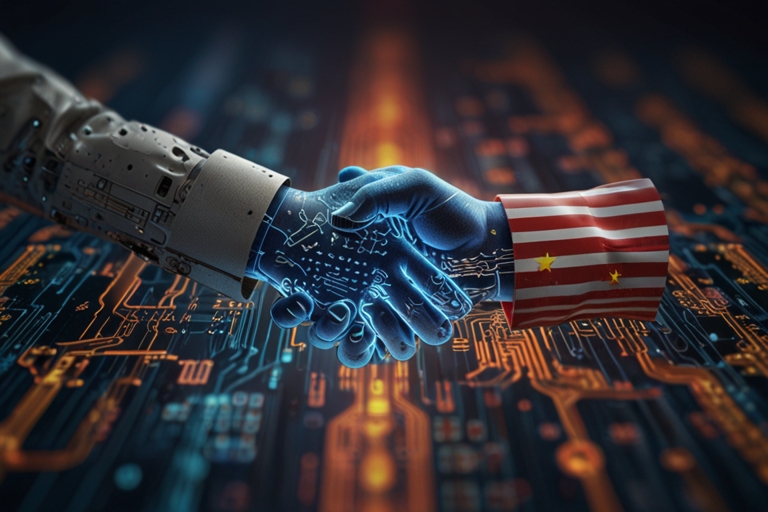
The administration of South Korean President Moon Jae-in recently announced tax law revision plan – a move that is interpreted as the government’s first move towards the introduction of a robot tax-like measure.
The Korea Times reported that Moon Jae-in administration will decrease the corporate tax deduction currently enjoyed by companies that have invested in industry automation equipment. South Korean businesses that have invested in industry automation equipment currently enjoy a corporate tax deduction between 3 percent and 7 percent of the investment.
The corporate tax deduction for automation investment will expire at the end of 2017. According to The Korea Times, while the Moon Jae-in administration plans to extend the corporate tax deduction at the end of 2019, the administration also plans to reduce the deduction by up to 2 percentage points.
“Though it is not about a direct tax on robots, it can be interpreted as a similar kind of policy considering that both involve the same issue of industrial automation,” an industry source told The Korea Times.
In an interview with Quartz in February this year, Microsoft co-founder Bill Gates suggested that as robots are taking human jobs, governments should tax the companies using them.
“Right now, the human worker who does, say, $50,000 worth of work in a factory, that income is taxed and you get income tax, social security tax, all those things,” Gates said. “If a robot comes in to do the same thing, you’d think that we’d tax the robot at a similar level.”
Frankfurt-based International Federation of Robotics (IFR) opposes the idea of taxing robots. “Bill Gates’ latest idea to tax robots aims to solve a problem that does not exist: empirical analysis of economic data and forecasts shows that automation and the use of robots create new jobs by increasing productivity,” IFR said.
In February this year, the European Parliament rejected the proposal to impose a robot tax on owners to fund support for or retraining of workers put out of a job as a result of robot use.






